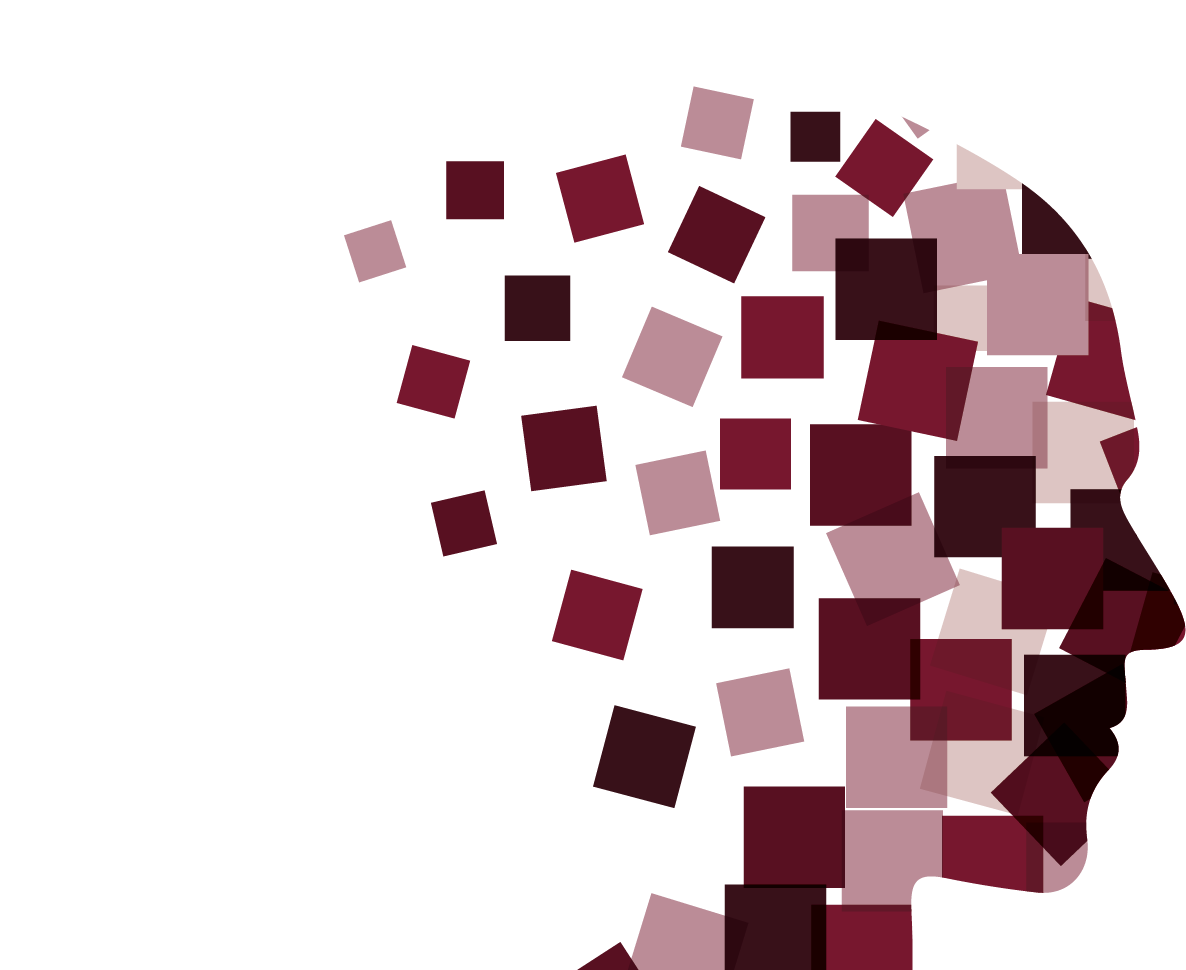Lean says: Define Customer Value
Your brain says: I’ve seen this countless times before - I know what my customer needs better than they do.
What’s at play here: Expertise bias. Overconfidence effect. Ivory tower syndrome. Ego.
There’s an old story about a man standing along a riverbank. He doesn’t see a bridge, but he does see someone on the opposite bank fishing.
“Hey!” he shouts across the water. “How do I get to the other side of the river?”
The other man yells back, “You’re already on the other side of the river!”
Perspective. More than our own exists. Unfortunately we’re not wired to immediately see things beyond our own context and so from an anthropological standpoint, having a self-centered worldview makes perfect sense. Man’s survival did not depend on knowing what his fellow hunter-gatherers thought, felt, or needed. Biologically speaking, seeing things from our own side of the proverbial river is cognitively expedient - it’s quick, convenient, and let’s face it practical.
Acknowledging there might be an alternative or even multiple perspectives, acknowledging “their there” might deviate from our own requires mental effort. When we fall into the trap of assuming only one truth, of applying a singular mental model, we miss inherent complexities and nuances obliterating not only the possibility of finding better alternatives, but we guarantee that we will at some point fall short of our customer’s expectations.
How to mitigate: Your gut instinct, you experience, your myriad belts and certifications and mastery aside, you do not know what your customer wants. And THEY are the arbiter of value, not you. Replace assumptions with humility. Ask open-ended questions. Endeavor to gain an unbiased understanding of - and deeper insight into - what your client explicitly wants and why.
Next up in The Lean Brain series: Visualization Begets Alignment
Tonianne is partner & principal consultant at Modus Cooperandi, co-author of the Shingo Research and Publication Award winning Personal Kanban: Mapping Work | Navigating Life, co-founder of Kaizen Camp™ and Modus Institute. Toni explores the relationship between performance, motivation, and neuroscience, is passionate about the roles intention, collaboration, value-creation, and happiness play in “the future of work,” and appreciative of the ways in which psychology, Lean, systems thinking, and the work of W. Edwards Deming can facilitate these ends. She enjoys Coltrane, shoots Nikon, butchers the Italian language (much to the embarrassment of her family), is a single malt enthusiast, and is head over heels in love with her adopted home, Seattle. Follow her on Twitter @Sprezzatura.

